For many, smoke from wildfires has transformed summer nights, blotting out stars and familiar deep-sky sights. But through it all, double stars keep on shining.
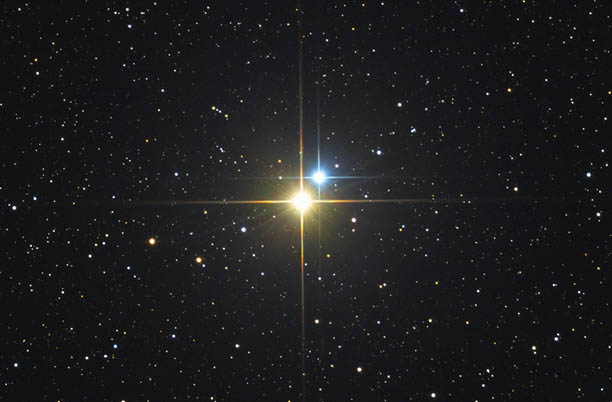
Stefan Binnewies, Josef Pöpsel / Capella Observatory
The sky is broken. For weeks now, Western and Canadian wildfires have released a pall of smoke that blankets both countries. July 8th was the last smoke-free night at my observing site in northeastern Minnesota. Daytime skies are generally pale blue, with nights starved of stars. Often, the limiting magnitude is 2 or 3.
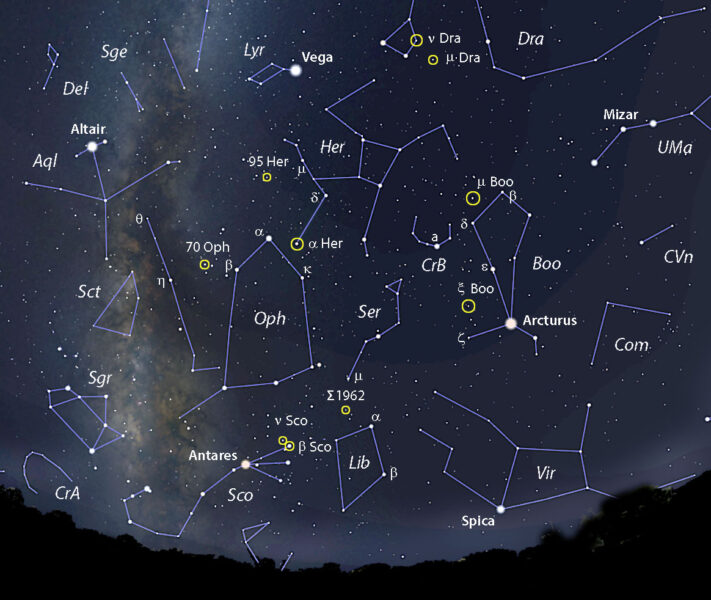
Stellarium with additions by the author
Because of constant smoke I've had to change up my observing from comets and deep-sky to brighter fare. Among the astronomical objects least affected by wildfires and haze are double stars. I hate to say it's a blessing, but the recent thick skies have given me an excuse to revisit favorite duos I've ignored for too long in pursuit of fainter quarry.
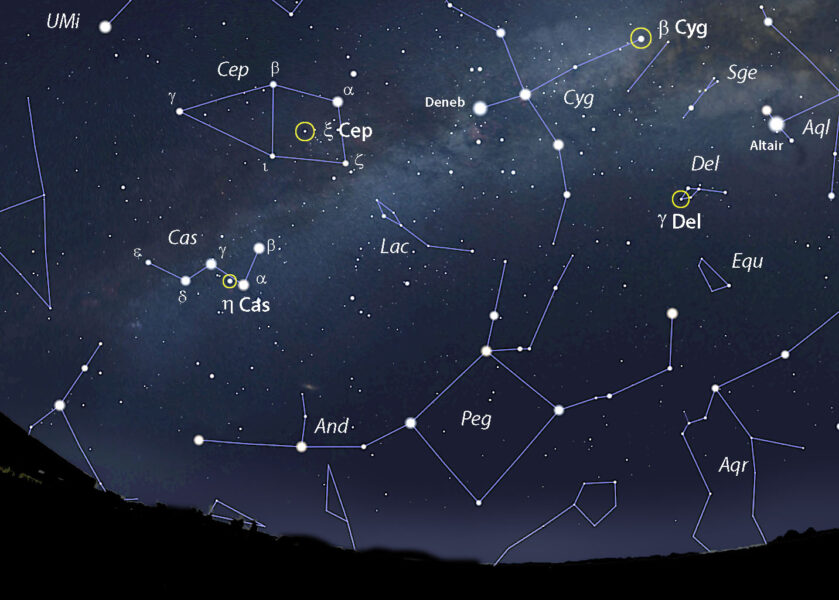
Stellarium with additions by the author
I share them with you here. Some are obvious choices, others off the beaten path, but all are bright and gorgeous. Though I used a 10-inch Dobsonian reflector for the observations, a 4-inch telescope should be more than adequate. I like using the lowest possible magnification to separate doubles. Images are sharper and a wider field of view makes a prettier backdrop. Except for the tighter couplets, 76× worked well.
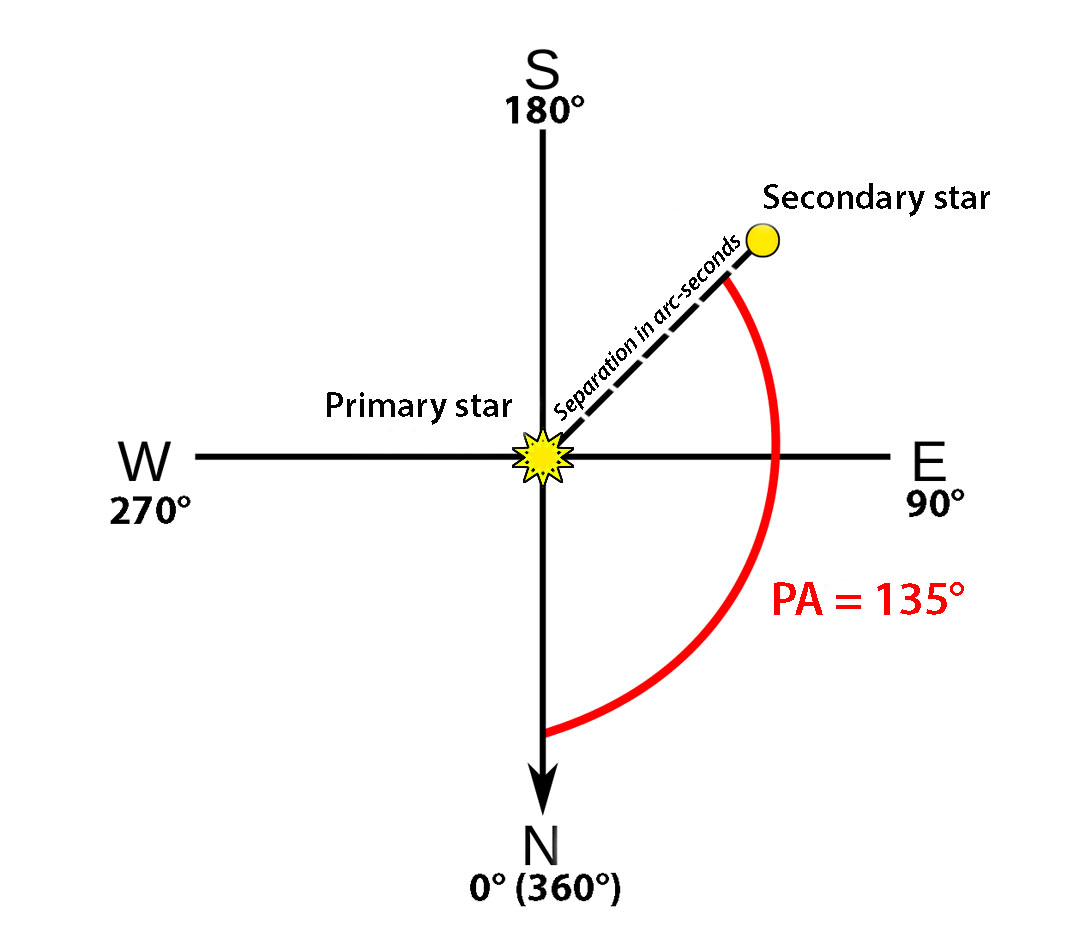
Public domain with additions by the author
Information for each pair includes star magnitudes, separation in arcseconds, and position angle (PA), the angle the secondary star makes to the primary. In poor seeing or with close pairs it's helpful to know the exact location of the companion so you can focus your attention at that spot while waiting for the atmosphere to settle.
Finally, I've included information, a map, and photos of a recent bright supernova that's currently 12th magnitude and visible in an 8-inch telescope. Have at it!
Selected Double Stars
- Eta (η) Cassiopeiae (magnitudes 3.5, 7.4; separation 13.4″ in PA 326°) — What colors! A tangerine primary and purple-rose companion. One of the best unequal-magnitude pairs. Although spectrally not a great distance apart — F9 (primary) + K7 (secondary) — the large magnitude difference between the stars and their close proximity exaggerates the stars' color differences, a condition called simultaneous color contrast. Real or imagined, you'll want to experience this.
- Xi (ξ) Boötis (4.8, 7.0; sep. 5.2″; PA 298°) — Another colorful pair though not quite as striking as Eta Cassiopeiae. The components are yellow and pale red (G7+K5), with a separation ranges from 2.5″ to 7″ during its 151.6-year mutual orbit.
- Mu (μ) Boötis (A=4.3, Ba=7.1 and Bb=7.6; sep. AB=109″, Ba-Bb=2.3″; PA of AB=172°, Ba-Bb=3°) — The wide pair is a binocular double, but through the telescope the companion is a beautiful close pair, making this a triple system.
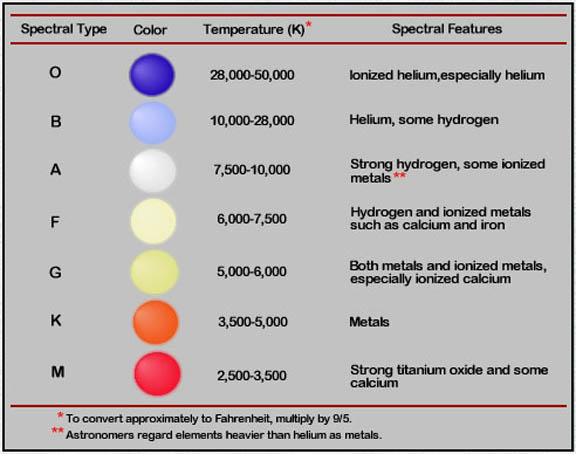
By permission Eugene R. Zizka
- Σ 1962 Librae (6.4, 6.5; sep. 11.7″; PA 189°) — Neat, equal pair like cats' eyes in your headlights.
- Beta (β) Scorpii (2.6, 4.5; sep. 13.4″; PA 20°) — Love at first sight. Beautiful, bright pair for low magnification. Some observers report yellow and blue, but they're near equals with B1+B2.
- Nu (ν) Scorpii (AB=4.4, 5.3; CD=6.6, 7.2; sep. AB=1.3″, CD=2.4″; PA of AB= 1°; CD= 56°) — Spectacular quadruple star, the Double Double of the southern summer sky. A good test for a 4-inch.
- Mu (μ) Draconis (5.7, 5.7; sep. 2.7″; PA 358°) — Pleasingly close (almost cuddly), at medium and high magnifications. One of my favorites.
- Alpha (α) Herculis (3.5, 5.4; sep. 4.9″; PA 102°) — Radiant Rasalgethi is a red supergiant 475 times brighter than the Sun and makes for splendid contrast with its yellowish companion (M5+G5).
- Nu (ν) Draconis (4.9, 4.9; sep. 62.1″; PA 311°) — Beautifully matched pair that's perfect for binoculars!
- 95 Herculis (4.9, 5.2; sep. 6.4″; PA 257°) — Inexplicably colorful. Nineteenth-century astronomer Admiral Smythe called them "apple-green" and "cherry-red." I see red and white. Given that their spectral classes are A5+G8, the pair is a sterling example of color contrast. A beautiful, low-magnification duo.
- 70 Ophiuchi (4.2, 6.2; sep. 6.6″; PA 122°) — Two colorful K-type dwarfs with a separation that varies from 1.5″ to 6.8″ over a period of 88 years. They were closest in 1989 and will be farthest apart in 2024. If you're young put this star at the top of your list, as you might have the rare privilege of seeing the companion complete much of its orbit around the main star during your lifetime.

Mike Brown
- Beta (β) Cygni 3.2, 4.7; sep. 34.6″; PA 54°) — Albireo never gets old. I see hues of gold and pale blue (K3+B9.5), but I've heard everything over the years: yellow, red, green, white . . . proving again how subjective color perception is. Spectacular field!
- Gamma (γ) Delphini (4.4, 5.0; sep. 8.9″; PA 265°) — Bright, colorful pair in the nose of the Dolphin comprising a cantaloupe primary and lemon-yellow secondary (K1+F7). Shares the low-power field with Σ 2725 (7.5, 8.2; sep. 6.2″; PA 12°), another attractive pair 14′ to the southwest.
- Xi (ξ) Cephei (4.5, 6.4; sep. 8.1″; PA 274°) — My star party friends are always surprised that Cepheus hides such a bright and pretty pair of stellar gems. They both appear white to me though some observers report them as bluish (A+F7).
Note: Double and multiple star data are from the Washington Double Star Catalog and are current.
White dwarf goes boom!
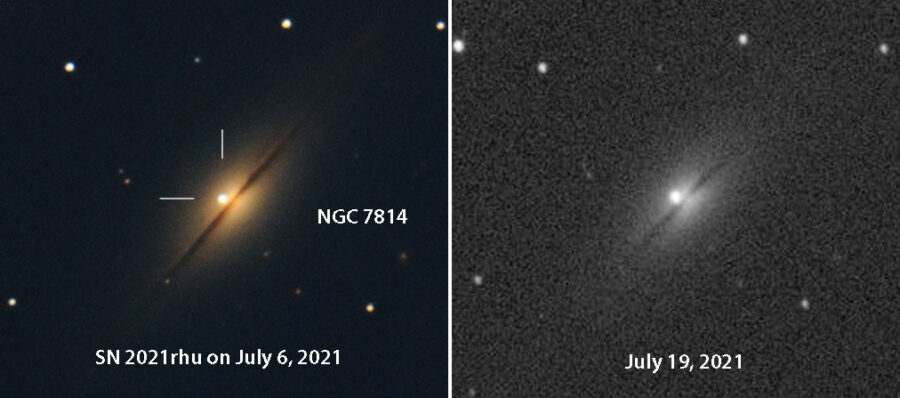
Left: Markus Bütikofer; Right: Oliver Schneider
On July 1st, the Zwicky Transient Facility (ZTF) discovered a supernova 7.8″ east and 1.0″ north of the center of the bright galaxy NGC 7814 (magnitude 10.6, dimensions 5.5′ × 2.3′) in Pegasus. Named SN 2021rhu, it's since risen to around magnitude 12.2–12.5. Spectra indicate it's a Type Ia explosion, the kind that occurs in a close binary system when the companion star transfers hydrogen gas onto a white dwarf. The dwarf exceeds the Chandrasehkar Limit and burns catastrophically.
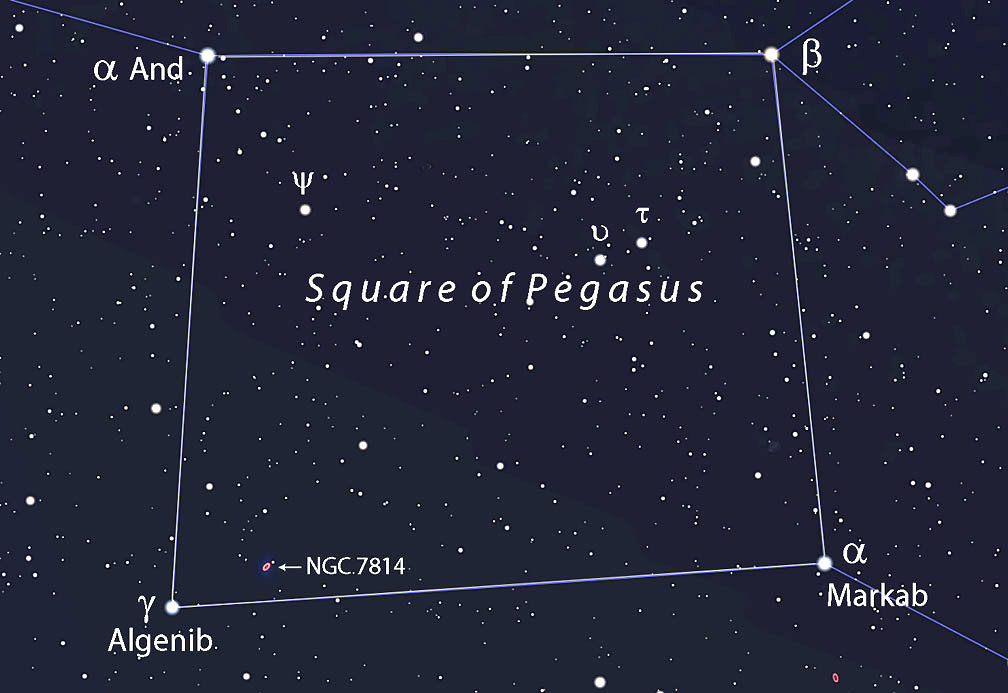
Stellarium
SN 2021rhu reaches 20° altitude around 11:30 p.m. local daylight time in late July. Use higher magnifications (150× to 300×) and look for a "star" close to the galaxy's bright nucleus. To stay abreast of developments with this and other supernovae be sure to visit Dave Bishop's Latest Supernovae page.
Get the September 2021 issue of Sky & Telescope for more on Albireo and other exciting targets to observe!
 7
7









Comments
Anthony Barreiro
July 28, 2021 at 8:25 pm
Limiting naked eye magnitude 2 or 3? Welcome to my world! If I can easily see Delta Ursae Majoris along with the other stars of the big dipper from my back yard, that's a decent night. On an exceptionally clear night I can see down to about 4.
Thanks for this handy list of double stars. They'll give me something to look at through my four inch refractor while waiting for Saturn and Jupiter to culminate at my club's next star party.
You must be logged in to post a comment.
Bob KingPost Author
July 29, 2021 at 11:59 am
Anthony,
I'm sure you'll enjoy all of these. And it did occur to me writing the article that my skies are what many city dwellers see as their normal. It's been an education!
You must be logged in to post a comment.
Don-Kerouac
August 1, 2021 at 11:46 am
Kind of makes you wonder how many millions (billions?) of tons of carbon and other greenhouse gases it takes for Mother Nature to cloak an entire continent (and probably more) in such a polluting haze!
Usually, I have beautiful skies here in a rural area about sixty miles south of Chicago
I can count on less than two hands the number of nights this spring/summer when I had cloudless, moonless nights to image in my backyard dome and now smoke and Musk's ever growing number of sky polluting satellites plague us!
Hopefully, Yellowstone or some other volcano won't throw a fit anytime soon!
You must be logged in to post a comment.
albert poncedeleon
July 30, 2021 at 6:37 pm
July has certainly been a tough month for skygazing and astrophotography. Besides in only three nights we have seen "clear skies" around our area, but the smoke blurred the skies during those nights and made it very difficult to see and image anything decent. One night I spent two hours trying to adjust the cameras because I was getting horrible images. It was the smoke all over the sky, and I could only get some images from the central dome of the sky, maybe just about 20 degrees (circle diameter) of dark decent space. It has been a quite month. Even Albireo was hard to see! Location: Southern Illinois.
You must be logged in to post a comment.
Bob KingPost Author
July 31, 2021 at 8:09 pm
I can relate so well to your comment, Albert. I can only hope that it clears for you the way it did here two nights ago — 21 days after the smoke arrived. I couldn't believe
the view. All the spaces between the 1st magnitude stars were filled up with . . . stars! Previously they had been vacant or nearly so.
You must be logged in to post a comment.
GBirkhimer
July 31, 2021 at 9:46 am
Bob, thanks for this list. I'll often resort to viewing double stars and other "bright" targets when chasing down the "faint fuzzies" proves problematic.
You must be logged in to post a comment.
Bob KingPost Author
July 31, 2021 at 8:05 pm
Thanks, GB! They're also a nice break from faint fuzzies no matter the weather 🙂
You must be logged in to post a comment.
You must be logged in to post a comment.